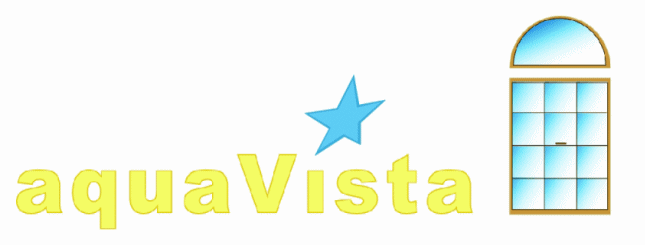
The reason for purifying the water is really quite simple. If you pour tap water onto a hard surface, such as glass, you will see that it leaves grey staining when it dries. The stains are NOT made by the water however, but are left when it evaporates, and are caused by solid particles such as minerals. These particles are minute, measured in Parts Per Million and normally referred to as Total Dissolved Solids. What the purification process does is remove these particles so that when the pure water evaporates no impurities are left to stain the surface being cleaned.
The most effective way to purify the water is to filter it through a Reverse Osmosis Unit. The unit consists of a very tight membrane which removes a high percentage of the impurities. It has 2 outlets: 1 for waste water, which carries away the removed solids, and 1 for permeated water, which now has had most of the solids removed. The final stage is to remove any remaining impurities from the permeated water. This is done by passing it through a vessel containing Deionisation Resin. Once the water has been forced through the resin it is free of all impurities and ready for use. The water quality is tested during and after the purification process to ensure it is free from all contaminants.
